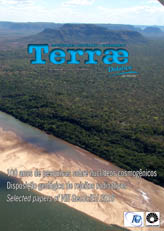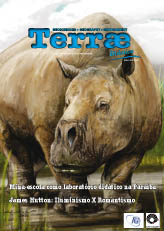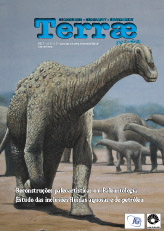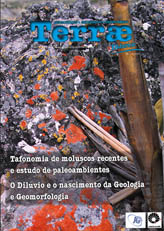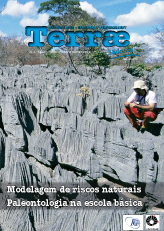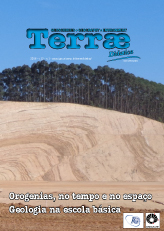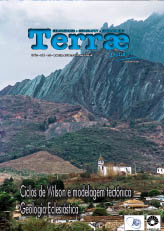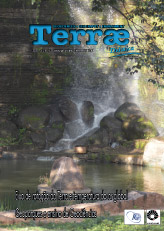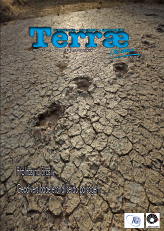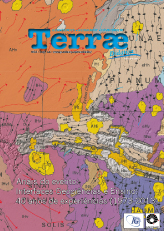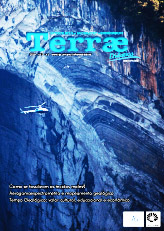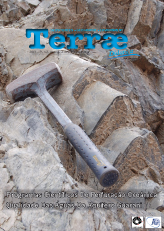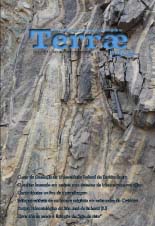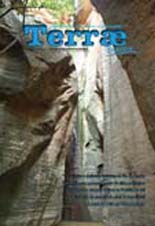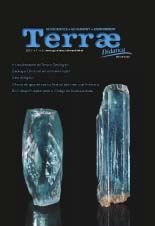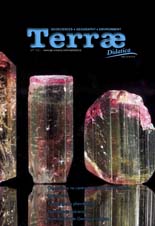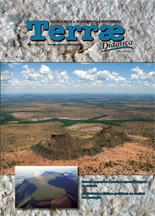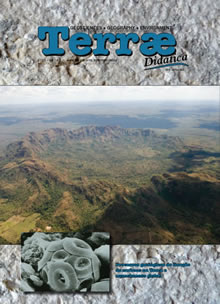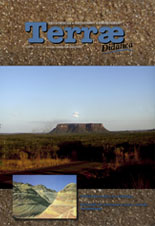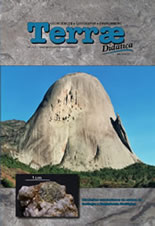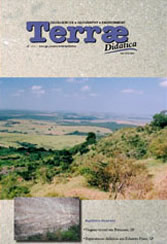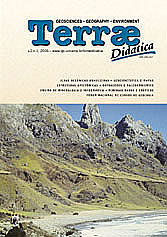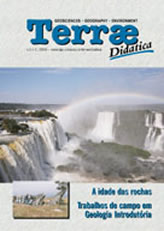Campinas-Brasil
ISSN 1980-4407

 ___________________
___________________ __
__
Volume 14, n2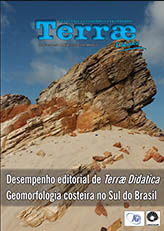
Volume 14, n1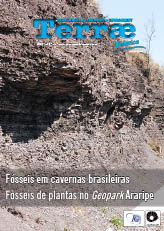
Volume 12, n3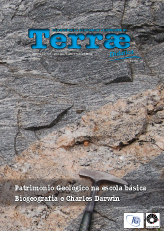
Volume 10, n2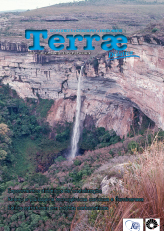
Volume 8, n2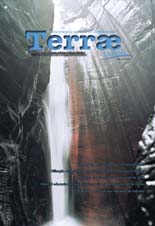
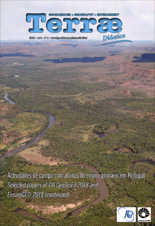
The implementation of didactic collections and guidebooks of micropaleontology as a tool in teaching and research in Geosciences
Flávia A. Pedrosa
Sedimentary and Environmental Geology Laboratory (LAGESE), CTG, Universidade Federal de Pernambuco (UFPE). Av. Academico Hélio Ramos, 50740-530, Recife, Pernambuco, Brazil.
flaviapedrosa.geo@gmail.com
Enelise K. Piovesan
Sedimentary and Environmental Geology Laboratory (LAGESE), CTG, Universidade Federal de Pernambuco (UFPE). Av. Academico Hélio Ramos, 50740-530, Recife, Pernambuco, Brazil.
katiapiovesan@gmail.com,
Robbyson M. Melo
Sedimentary and Environmental Geology Laboratory (LAGESE), CTG, Universidade Federal de Pernambuco (UFPE). Av. Academico Hélio Ramos, 50740-530, Recife, Pernambuco, Brazil.
robbysonmelo@gmail.com
Clarissa R. Gomes
Sedimentary and Environmental Geology Laboratory (LAGESE), CTG, Universidade Federal de Pernambuco (UFPE). Av. Academico Hélio Ramos, 50740-530, Recife, Pernambuco, Brazil.
clariquel@yahoo.com.br
Cecília L. Barros
Sedimentary and Environmental Geology Laboratory (LAGESE), CTG, Universidade Federal de Pernambuco (UFPE). Av. Academico Hélio Ramos, 50740-530, Recife, Pernambuco, Brazil.
cecilybarros@hotmail.com
Abstract: The aim of paleontology is the understanding of the life history on Earth, its development and processes along the geologic time. Hence, it involves diversified fields, being the micropaleontology one of them, whose focus lies on taxonomy and applications. The micropaleontology is, sometimes, poorly developed in an institution due to the scarcity of specialists. In order to fill this gap, a didactic collection was prepared to facilitate the divulgation of the micropaleontology in the university. Due to the necessity of increase in the knowledge on microfossils among graduate and undergraduate students, an extension project of microfossils didactic collection was carried out at the Geology Department of the Universidade Federal de Pernambuco. For each fossil group (i.e. ostracods, foraminifers, calcareous nannofossils, charophytes, radiolarians, diatoms, conodonts, palynomorphs, fish fragments, echinoid spines, sponge spicules and mollusks) micropaleontological slides were assembled. The origin of the material is varied, with specimens from several Brazilian sedimentary basins and even from other countries. The collections consist in numbered and identified slides, besides the material necessary for their manipulation, such as brushes and spare slides. In each fossil group, the specimens are organized according to the morphology, taxonomy and age. Each slide has instructions for classes inserted in a Guidebook of Micropaleontology thoroughly illustrated, with general characteristics of each fossil group and the respective methodology for sample preparation. The collection is intended to be used in practical classes, workshops and short-courses, with biological, petrographic and stereoscopic microscopes, for observation of the morphological structures, identification and solution of problems proposed in the guidebook. Besides the improvement in the paleontology teaching, these collections will also contribute to the qualification of the students as future professionals.
Keywords: Micropaleontology, didactic collection, guidebook.
DOI: 10.20396/td.v14i4.8654112
Copyright © 2005-2007 - Instituto de Geociências - Universidade Estadual de Campinas - UNICAMP - Brasil - Todos os direitos reservados -
Desenvolvimento: ![]()
